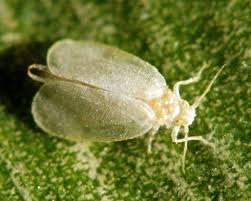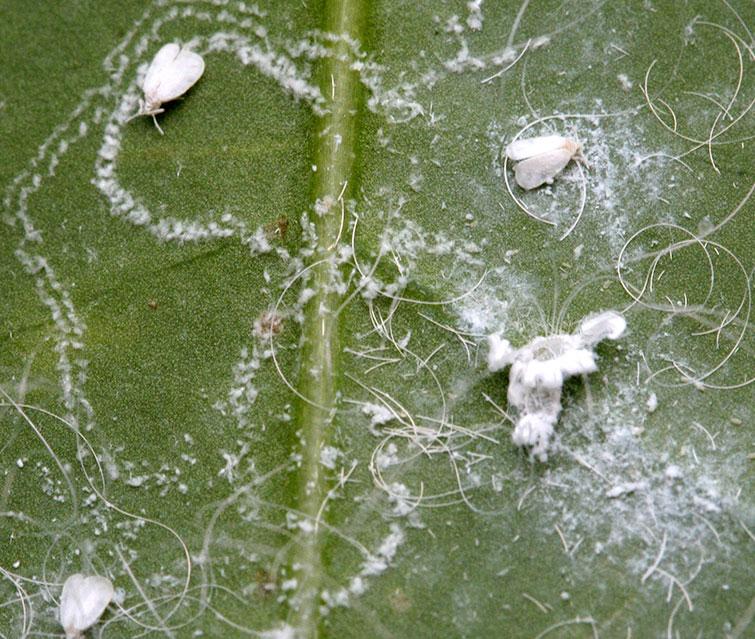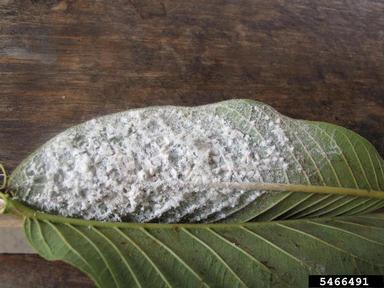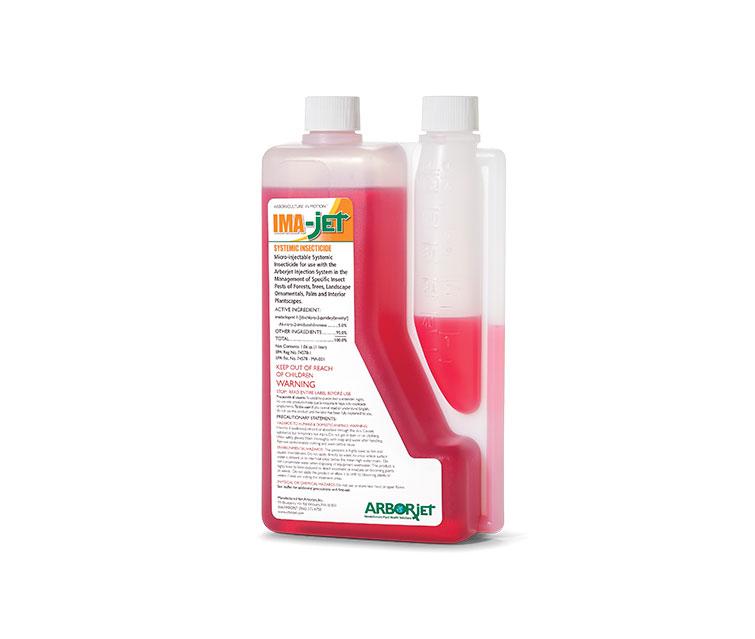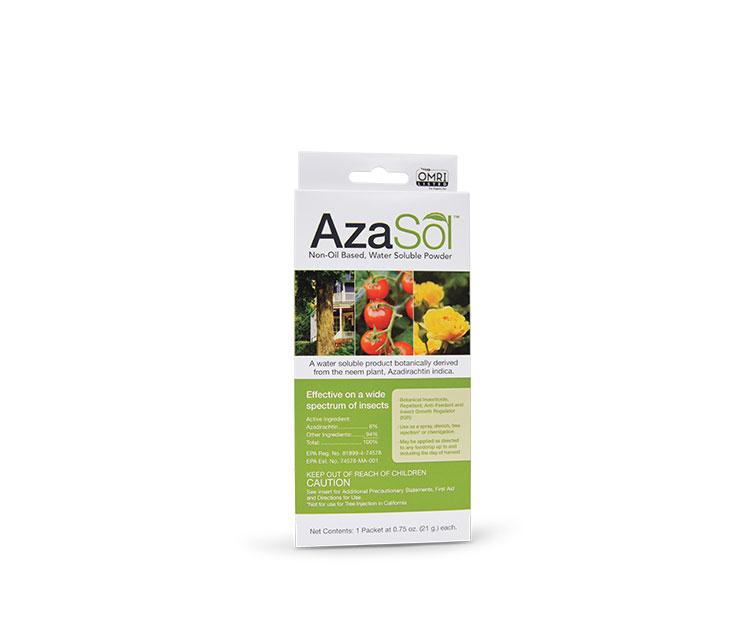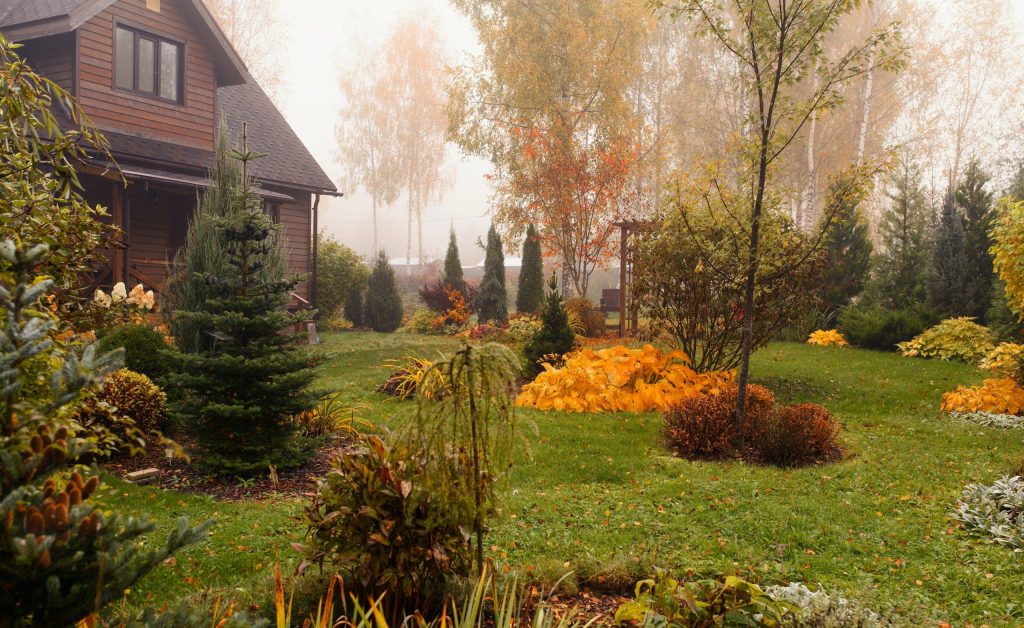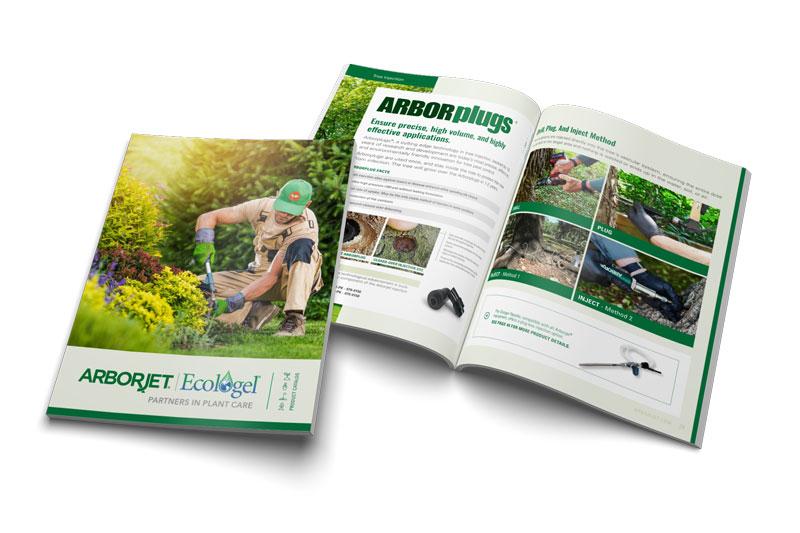Whitefly
Whiteflies (Hemptera: Aleyrodidae) are tiny, pure white, moth-like sucking insects that prefer to feed and lay eggs on the undersides of leaves.
Several species are known to infest trees, including ash whitefly, citrus whitefly, crown whitefly and rugose spiraling whitefly. All produces “honeydew,” a sugary substance that drops and coats the house, car, or patio and make a real sticky mess. Leaves or fronds may have excessive and unattractive dark sooty mold that grows on the honeydew. Leaf drop may occur in some species of trees and plants.
The ash whitefly, Siphoninus phillyreae (Haliday), is an introduced pest of numerous ornamental and fruit crops, including citrus. Most ash whiteflies in California were found on pomegranate, ash tree, pear, apple, loquat and citrus. It has been discovered in several other states (Texas, Georgia, North Carolina, Florida).
The citrus whitefly, Dialeurodes citri (Ashmead), is a serious pest in Florida and other Gulf states. It is found on several trees including chinaberry, Ficus, green ash, osage orange, tree of heaven, umbrella tree, and water oak.
The crown whitefly, Aleuroplatus coronate (Quaintance), is native to the southern U.S. and Mexico, and now a common pest on native oaks in the western states.
The rugose spiraling whitefly (RSWF, Aleurodicus rugioperculatus) Martin, was first identified in Florida in 2009, and has since spread throughout Florida. This whitefly is an escalating issue for homeowners, municipalities and business owners. They feed on a wide range of host plants including palms, woody ornamentals, and fruits. The RSWF is a large whitefly that lays eggs in a spiraling pattern, covered with a waxy material.
Common Symptoms
Heavy infestations of whitefly cause leaf wilt, early leaf drop and smaller fruit. The feeding of the insect can cause stress and dieback of plants, and the honeydew they produce creates a perfect environment for black sooty mold, which spreads to cover whatever is nearby. The most obvious sign of an infestation is seeing the flies themselves on the bottoms of leaves, which may look like dust. The RSWF lays their eggs in white spiraling patterns on the underside of the leaves.
Treatments
We recommend treatment with IMA-jet®, considered the industry leader in whitefly control. For food-bearing trees including coconut palms, we recommend AzaSol®, a botanical broad-spectrum product derived from neem. Trunk injections of IMA-jet for whitefly should act quickly to knock down the current infestation. Generally, the best seasons for injection are fall and spring, as uptake occurs when trees are transpiring. Hot weather or dry soil conditions will result in a reduced rate of uptake, so trees should be watered prior to applications. Extra caution must be taken when treating trees in hot (> 90˚F) conditions, as doing so may result in an adverse reaction for the tree. We also recommend spraying the undersides of leaves with a steady stream of water to remove the spirals and any remaining insects.
References And Photo Credits
Main photo of Adult Ash Whitefly: taken by David Cappaert, Bugwood.org
Rugose spiraling whitefly damage taken by David Cappaert, Bugwood.org.
Whitefly on plumeria leaf taken by Pest and Diseases Image Library, Bugwood.org

